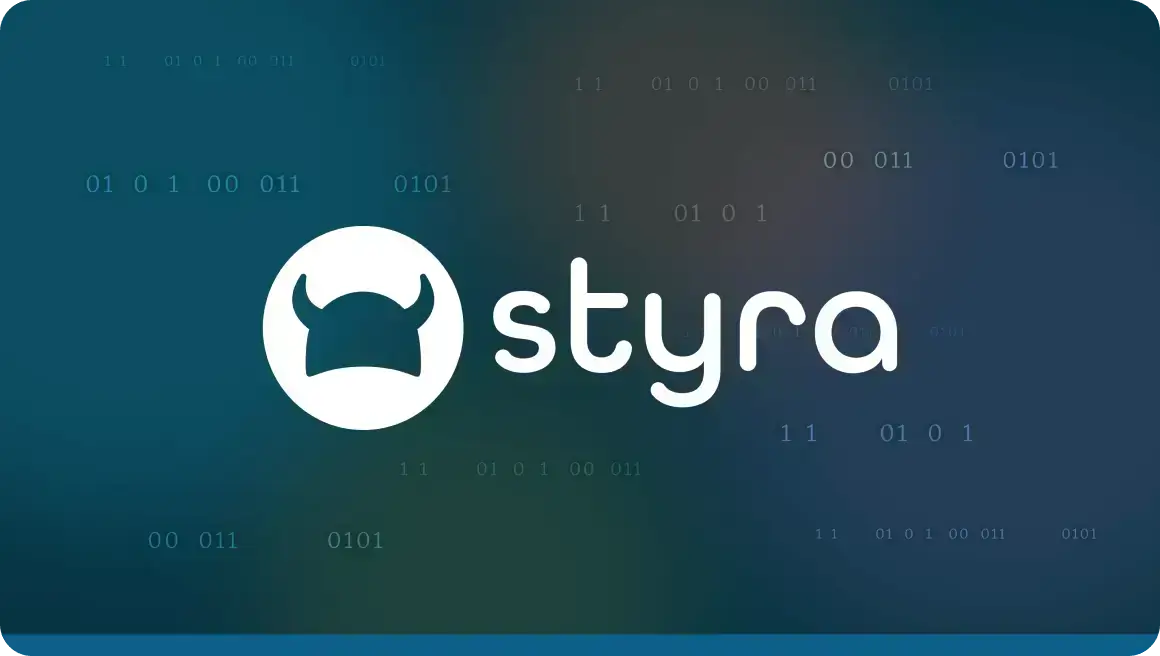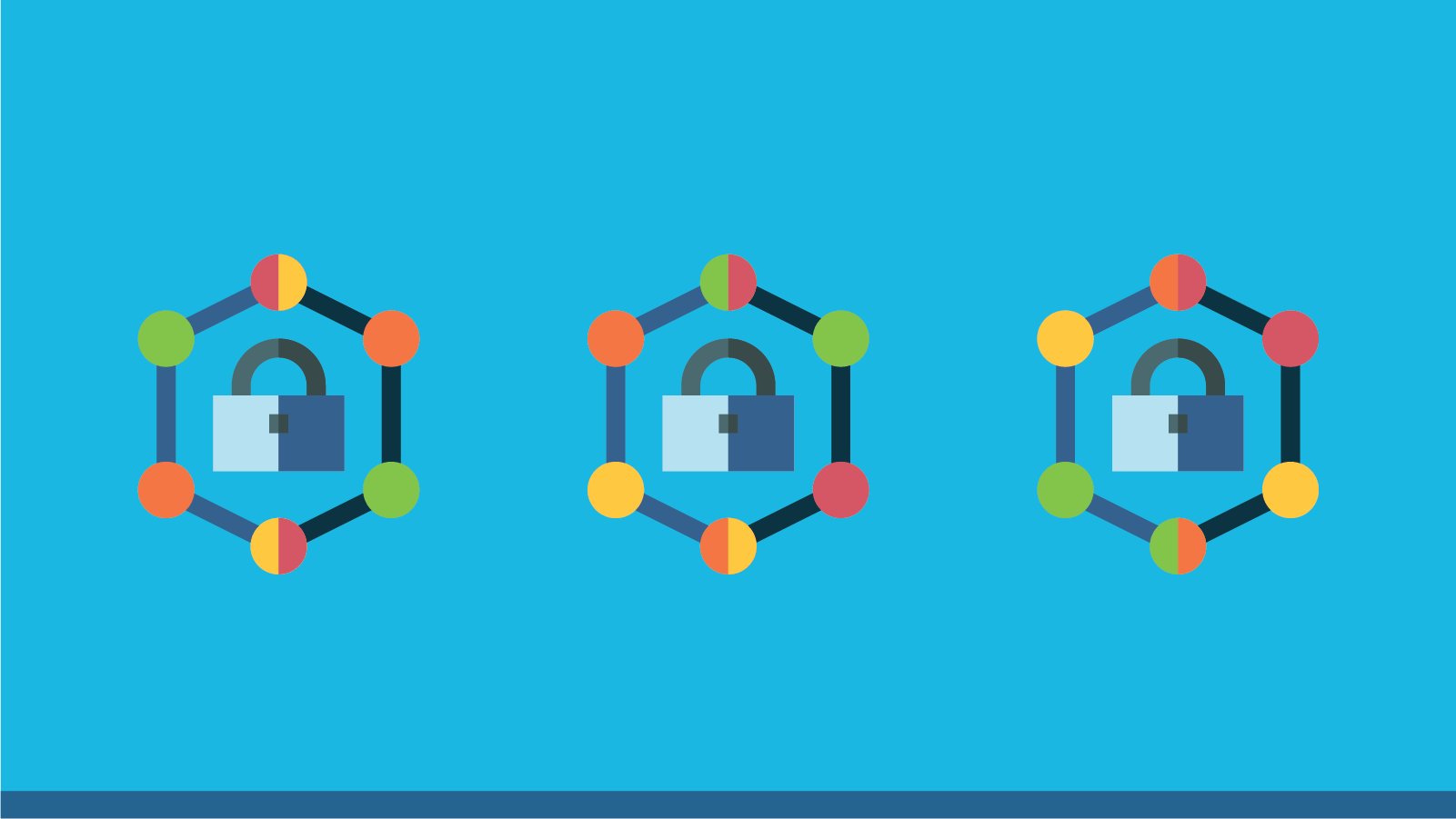What is Infrastructure as Code?

Paul Foryt
Infrastructure as code (IaC) is a means to define, provision and manage IT infrastructure using a high-level, typically declarative programming language and configuration files instead of manual processes. IaC brings the software development benefits of such as code reusability and version control to infrastructure management — so you can rapidly create new deployments in a standard workflow.
DevOps infrastructure as code is a part of the larger “everything as code” approach that automates defining and managing IT resources. Put another way, IaC lets DevOps and platform teams treat infrastructure the same way, and with the same rigor, that developers treat code. In a cloud-native context, DevOps teams typically use tools like HashiCorp Terraform and AWS CloudFormation to define the infrastructure resources configurations they want and manage IaC in a single automated workflow from source code repositories.
In general, cloud computing has helped create vast and complex modern enterprise IT systems that can span multiple data centers, regions, networks, and even cloud providers. Not only has the number of infrastructure components increased significantly, they have also become more dynamic and disposable. These components may be taken down and redeployed in the normal course of operation.
Automating infrastructure through code is key to scalability and speed in cloud environments. It is no wonder that Markets and Markets predicts that the IaC market will reach a valuation of $2.3 billion by 2027, with a compound annual growth rate (CAGR) of 24%.
IaC can also help avoid the “configuration drift” that happens over time as the actual configuration of infrastructure components deviate from their secure baseline configuration without clear review, approval, and tracking. Configuration drift can cause development delays, data loss, security vulnerabilities and compliance issues.
Top 5 benefits of infrastructure as code
IaC has the following benefits:
1. Repeatability with reduced developer overhead and costs
Manually configuring infrastructure is time-consuming and error-prone. Infrastructure as a code automates this step and lets developers focus on differentiated, higher-value work.
Additionally, combining cloud services with IaC saves enterprises from building and maintaining in-house system infrastructure or hardware. Infrastructure as code can also automate the scaling of environments and resources as conditions require, further optimizing business costs.
2. Speed and efficiency with automation
Automated processes are inherently faster and scale better than manual ones. A Camunda report found that almost all organizations (97%) agree that process automation is key to digital transformation. Infrastructure as code automates and speeds up not only the provision of infrastructure resources but can also extend to associated services such as user account management.
IaC allows developers to run a script and create environments on demand for either the development, testing or production stage. Time-to-market can be shortened by not having to manually configure complex infrastructure.
3. Consistency and standardization
Infrastructure as code solves configuration drift by using the standardized config files as the single source of truth. Changes are made at the source instead of the target, and the environment itself stays consistent and stable.
4. Security and platform guardrails
IaC lets platform teams shift security left and prevent errors and misconfigurations earlier in the deployment pipeline. For instance, platform teams often use IaC to create self-service developer platforms to automatically provision infrastructure for devs building applications. By using a tool like Open Policy Agent (OPA), teams can make policy-as-code checks against infrastructure-as-code configuration files to ensure that any infrastructure deployments comply with security, compliance and operational best practices. For example, you can define policies to attach organization tags to all deployed resources, control which teams can deploy specific environments or deny the creation of data resources unless they are encrypted.
Read more about enforcing cloud resource policy guardrails for infrastructure as code tools like Terraform.
5. Self-documentation and accountability
Infrastructure as code self-documents all changes made in the source code. This documentation is transparent, so anyone can see why a change was made and by whom.
Keeping a record of infrastructure provisioning also reduces an organization’s dependency on unwritten tribal knowledge. Because the knowledge is written down in code, a new team member can quickly be brought up-to-speed and infrastructure can be reconstructed.
Infrastructure as code: Best practices
Here are a few best practices to help you make the most of infrastructure as code and its automated processes:
- Create a single source of truth. All infrastructure specifications should be written in files and managed as code. These files should serve as the single source of truth for all IaC activities. Avoid creating any documentation outside of these files to prevent misinformation and drifts.
- Use version control. Maintain your configuration files within a version control system such as Git. Apart from presenting an audit trail, version control also helps you to debug issues and enable rollbacks. This approach also enables collaboration, with multiple stakeholders working in different branches.
- Test and scan code. Like all code, IaC code can be tested to catch errors or inconsistencies before the code is pushed into production. Using IaC scanning tools to check for misconfigurations that may lead to exposure and breaches is also a good idea. For example, you can scan IaC Git repositories against compliance standards.
- Avoid hard-coding secrets. Passwords and encryption keys are considered secrets. Although it is easy to define them within the IaC code, anyone can read them inside plaintext files. A better alternative is to use a secrets manager, where only IaC tools can access the data as required.
- Automate security policies and guardrails. Use OPA to codify your authorization framework across the entire platform and put compliance and operational guardrails around your development pipelines. This practice not only protects you from malicious actors but also helps avoid expensive mistakes in critical infrastructure that could impact the entire organization. You can also set up how your teams deploy infrastructure resource changes and decrease human errors. A Snyk report found that teams with automated security checks were twice as likely to find and fix issues in one day.
- Enforce strict access control. Least-privileged access policy enforcement and centralized management allow platform teams to govern privileged credentials usage, detect access violations and properly manage identity and access permissions across all environments. Certain solutions are flexible enough to allow access management to be delegated to individual development teams, when needed.
Request a demo and see Styra’s IaC guardrails solutions today.
Frequently asked questions
How do I test infrastructure as code?
Infrastructure as code testing is a process that determines whether the code works as intended or not. The three essential tests are:
- Static and local tests: These checks cover static errors before deployment by analyzing configurations and dependencies.
- Deploy and destroy tests: These tests deploy infrastructure for a short amount of time to check for dynamic errors. The infrastructure is immediately destroyed after testing.
- Integration tests: These tests deploy the IaC in a testing environment that closely resembles the production environment to examine how different components interact with each other.
What are the most popular infrastructure as code tools?
The most commonly used IaC tools include:
- Terraform
- AWS CloudFormation
- Azure Resource Manager
- Google Cloud Deployment Manager



